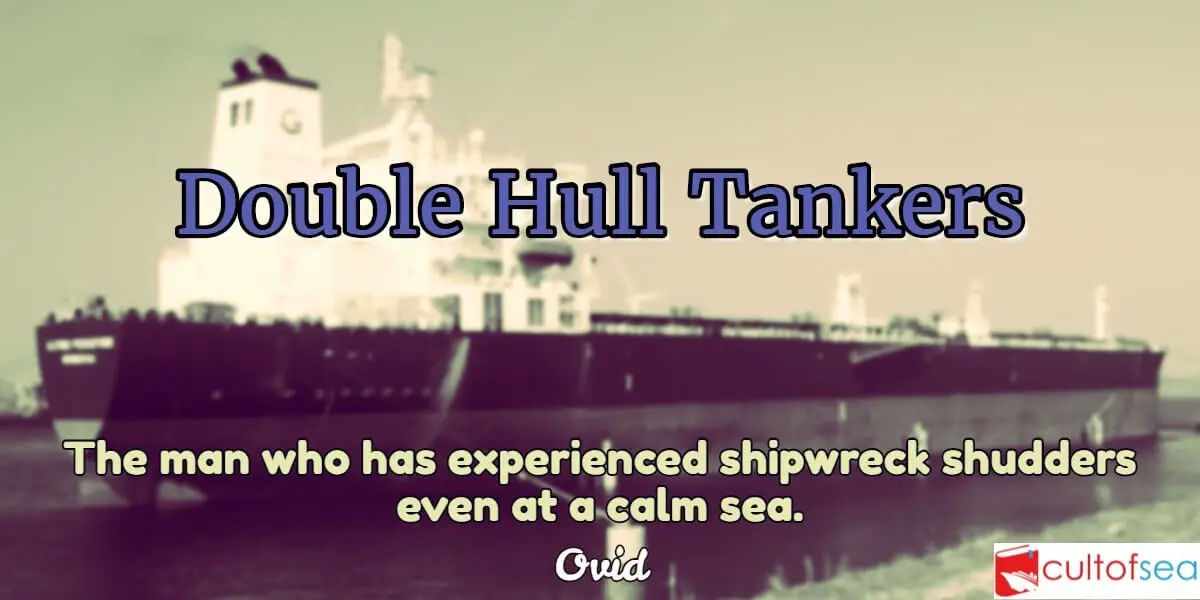Double hull tankers The double hull design has many advantages over the more traditional single-hull designs, performing better in the low-speed collision or grounding situations. Looking at 30 tanker groundings between 1969 and 1973, a study by the U.S. Coast Guard concluded that 96 percent of the spills could have been prevented with double hulls. How these monstrous tankers can so successfully avoid oil spillage is a direct outcome of their engineering and design. There are two types of double-hull ballast arrangements:The first is the "L" type arrangement, where the ballast is the … [Read more...]
